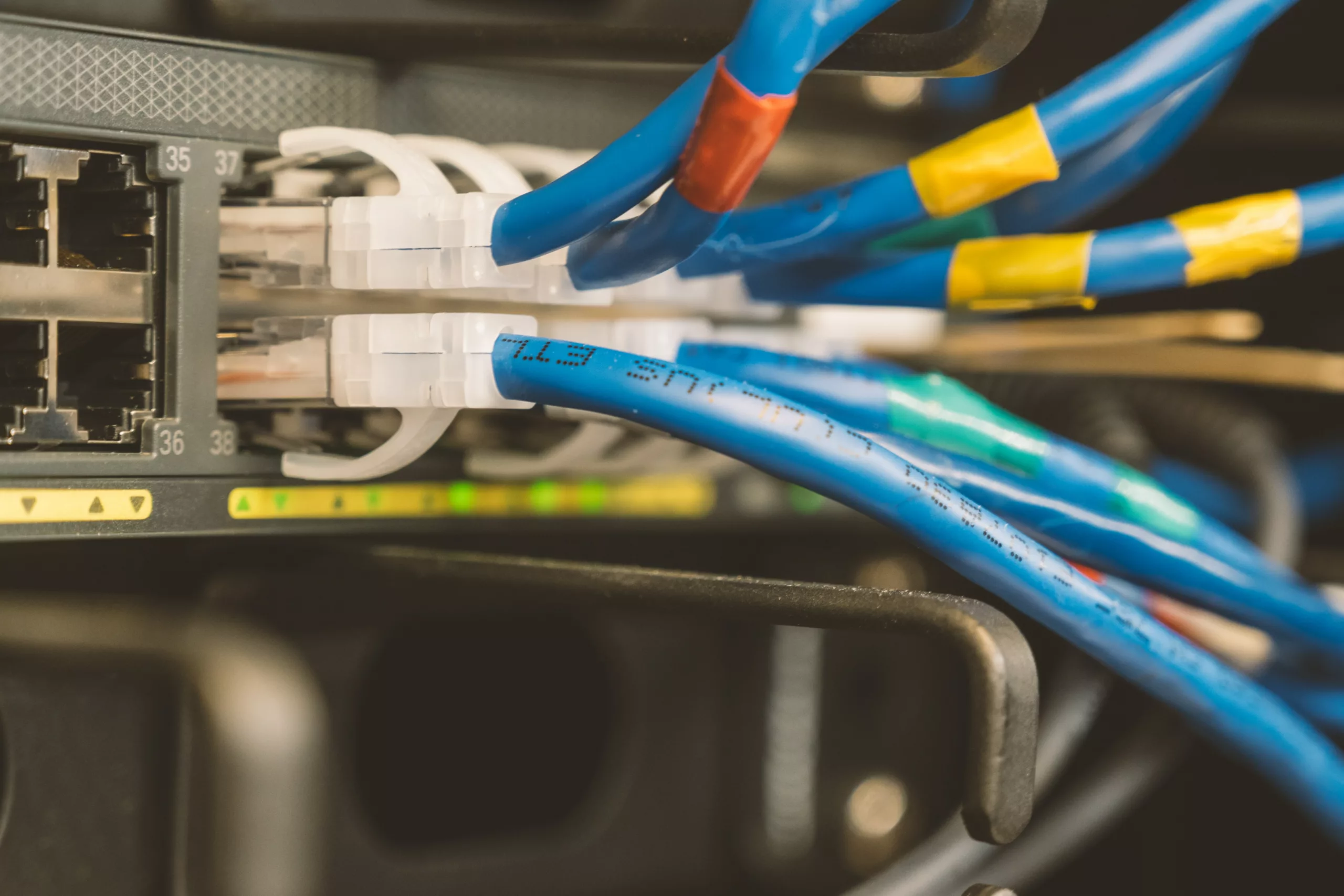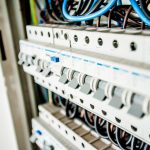
Introduction To Electrical Wiring Regulations: The Standards
Electrical wiring regulations, also termed “the regs” or “wiring regs”, are a set of standards and guidelines used in the UK that outline the safe installation and operation of electrical wiring in homes, buildings, and other structures. These regulations ensure people’s and property’s safety by preventing electrical fires, electrocution, shocks, and other hazards.
Electrical wiring regulations are usually set by national or regional bodies that oversee electrical safety. In the United States, for example, the National Electrical Code (NEC) is the standard that governs electrical installations. In Europe, the International Electrotechnical Commission (IEC) sets the standards. The BS (British Standard) 7671, introduced on January 1, 2019, serves as the national guideline for ensuring the safety of electrical installations and wiring in residential, commercial, and industrial properties.
The Importance of Electrical Wiring Regulations in Modern Times: Why These Matter?
Electrical Wiring Regulations provide a great range of advantages, especially have become a necessity for electrical professionals. Some of the key benefits include:
- These regulations provide a set of safety standards for the design, installation, and maintenance of electrical systems in buildings and other structures.
- Ensure that electrical systems are installed and maintained safely and efficiently, reducing the risk of electrical fires, shocks, and other hazards, thus saving lives.
- By following these regulations, building owners and electricians can be confident that their electrical systems are compliant and safe.
- They help reduce energy consumption and increase the lifespan of electrical equipment, leading to cost savings and more sustainable electrical infrastructure.
Different Aspects of Electrical Wiring Regulations
Electrical wiring regulations typically cover a wide range of topics. Such as the types of wires and cables that can be used, the maximum allowable current for each wire size, and the distance between wires and other objects. They also include rules for installing electrical panels, switches, and outlets.
The following are some of the key aspects of electrical wiring regulations:
Wiring Size and Ampacity
The ampacity or maximum current capacity of wires and cables determines the size of electrical wires and cables used in an installation. In other words, the wire’s ampacity is determined by the wire size and the type of insulation used. For example, a 12-gauge copper wire with THHN insulation has an ampacity of 20 amps. While a 10-gauge copper wire with the same insulation has an ampacity of 30 amps.
The NEC sets the minimum wire size and ampacity requirements for various types of circuits. Such as branch circuits, feeders, and service entrance conductors. These requirements ensure the wires can safely carry the current without overheating or causing a fire.
Protection Against Overcurrent
Overcurrent protection is crucial for preventing electrical fires and other hazards. Overcurrent occurs when the amount of current flowing through a wire exceeds its ampacity, causing it to overheat and possibly catch fire.
The NEC requires that all electrical circuits be protected against overcurrent. This is typically accomplished by installing a circuit breaker or fuse in the circuit that trips or blows when the current exceeds the maximum allowable amount for the wire size.
Grounding and Bonding
Grounding and bonding are essential for electrical safety. They provides a path for electrical current to flow to the earth in the event of a fault or short circuit. While bonding ensures that all metal parts of the electrical system are at the same potential.
The NEC requires that all electrical systems be grounded and bonded. Grounding is typically accomplished by connecting the electrical system to a grounding electrode, such as a metal rod driven into the earth. Bonding is achieved by connecting all metal parts of the electrical system. Such as the electrical panel, conduit, and metal boxes, together.
Maintenance and Repair
Electrical wiring regulations also provide guidelines for the maintenance and repair of electrical systems ensuring they remain safe and functional over time.
Outlet and Switch Requirements
Outlets and switches must be installed in accordance with electrical wiring regulations to ensure safe and reliable operation. The NEC specifies the requirements for the spacing, height, and location of outlets and switches, as well as the device’s types and ratings.
For example, the NEC requires that outlets be installed at least 12 inches above the floor in habitable rooms. Such as living rooms and bedrooms spaced no more than 6 feet apart along walls.
Electrical Wiring Regulations: What To Consider
Keeping all the regulations in mind, it is also important to note that electrical codes and regulations are updated periodically. So ensure to stay up to date with the latest changes and requirements. This can be done by regularly reviewing the relevant electrical codes and regulations and consulting with field professionals.
Furthermore, hiring or consulting a licensed and qualified electrician for any electrical work in your home or building that must be familiar with the latest electrical codes and regulations is crucial. This will ensure that the electrical system is installed and complies with these requirements.
Additionally, it is important always to prioritise safety when working with electricity, follow proper safety procedures, and wear/use personal protective equipment (PPE). For instance, use appropriate protective gear, such as gloves and safety glasses, when working with electrical equipment and wiring.
The Bottom Lines
Electrical wiring regulations play a vital role in ensuring the safety of electrical installations. Where electricians and homeowners can help prevent electrical fires and other hazards. These regulations and guidelines entail the safe installation and operation of electrical systems. Including wiring, Grounding, overcurrent protection, maintenance and repair, and outlet and switch requirements.





















